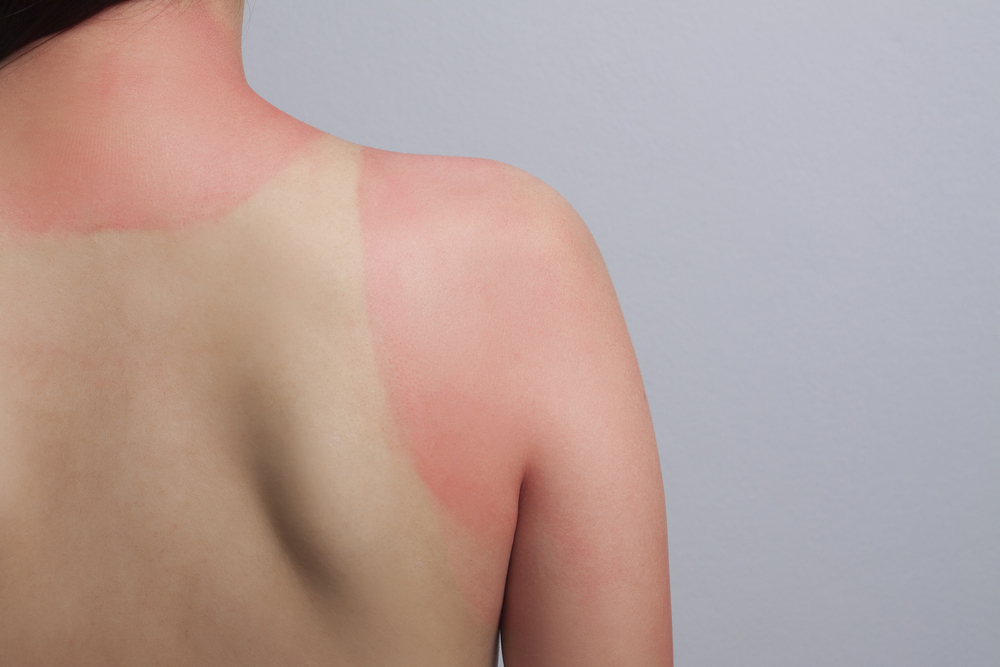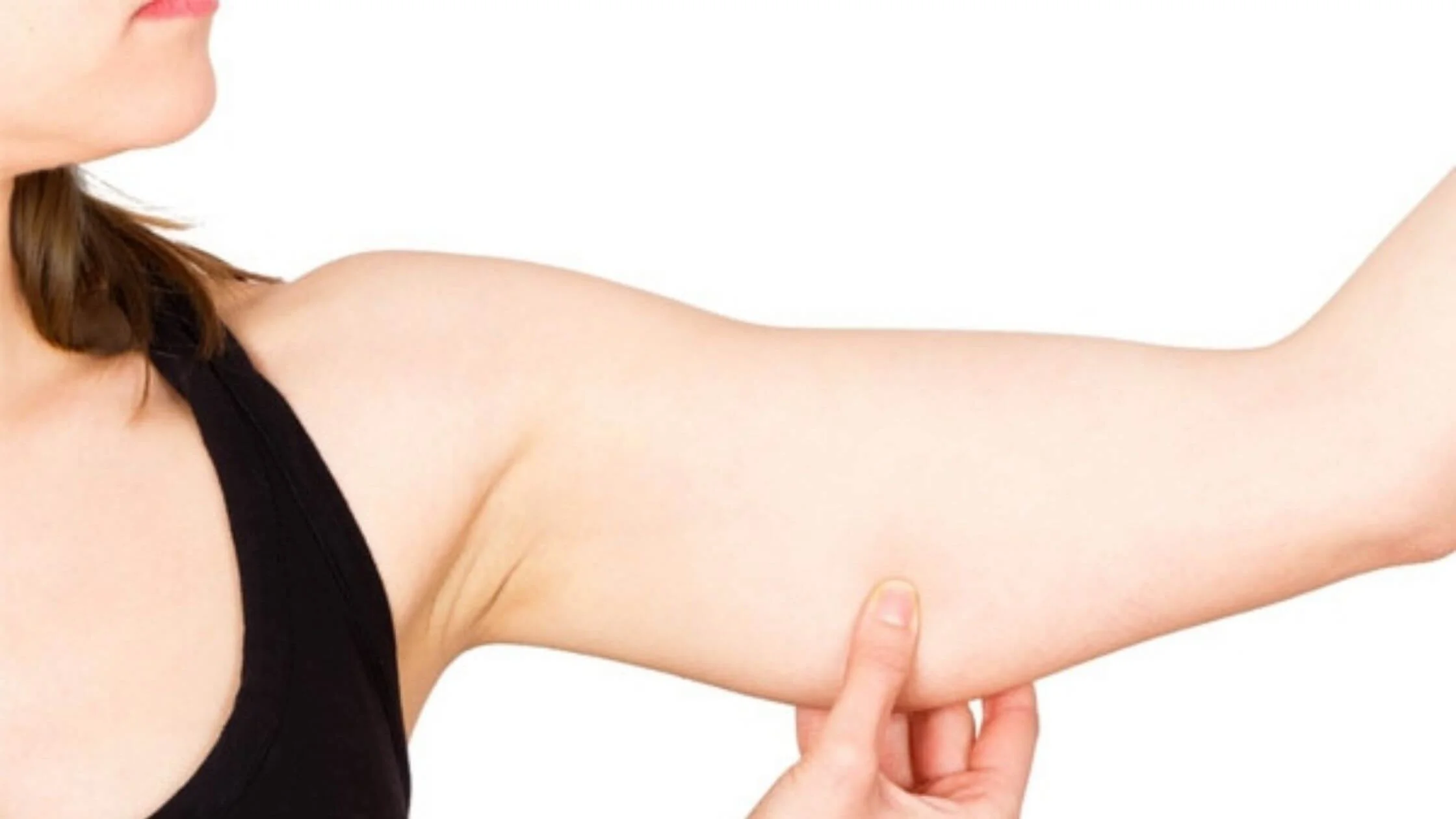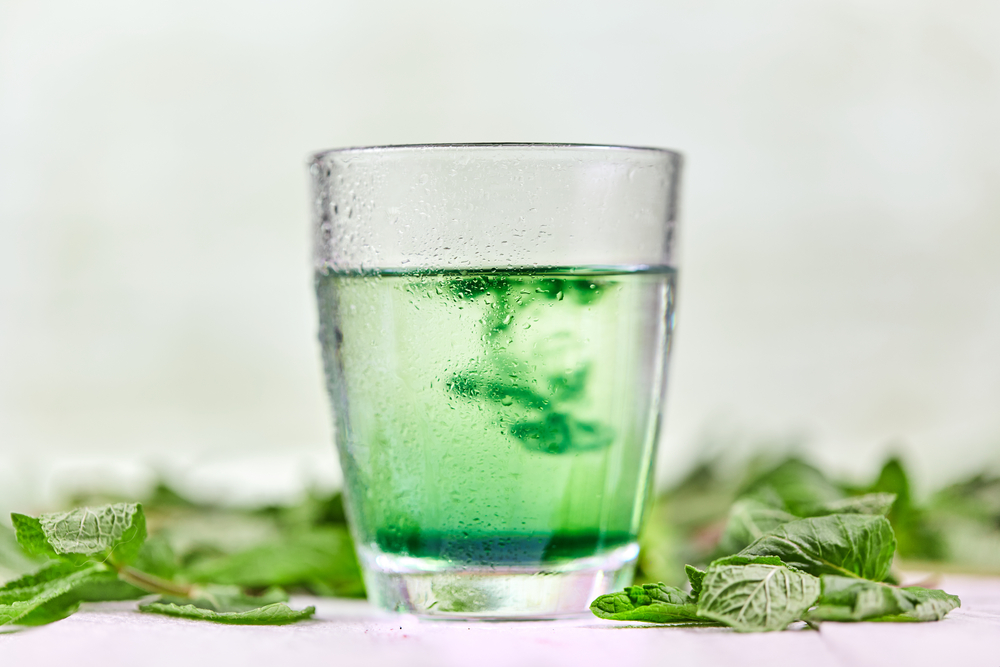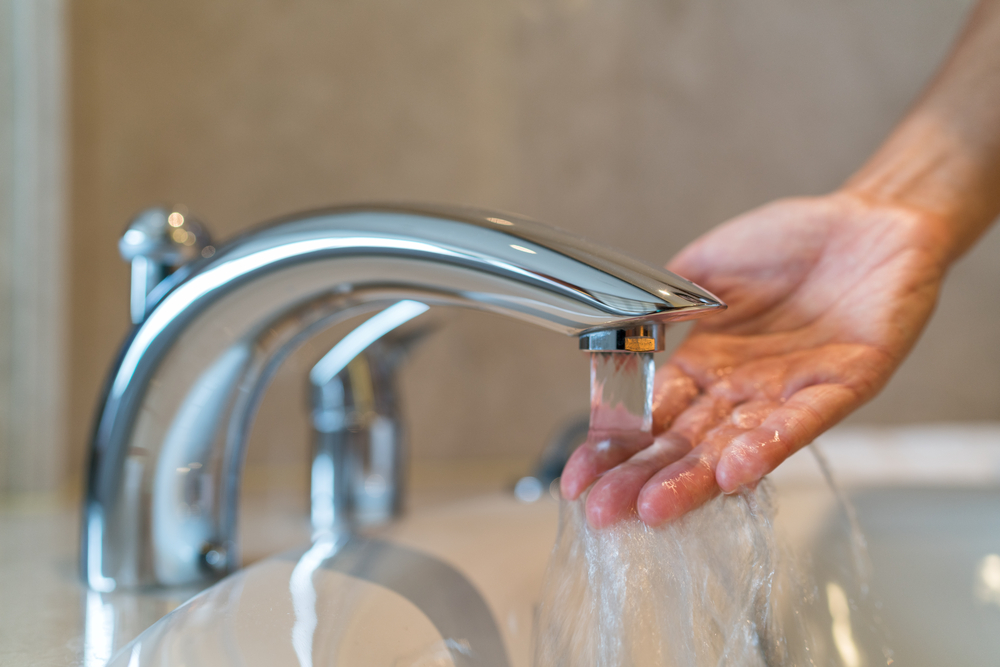Over time, the sun’s rays can add years to your looks. Fortunately, some of that damage can be reversed.
We spoke with four skin experts about the unwanted effects of sun exposure, and the different steps that can be taken to prevent or actually reverse the damage. Here’s what they had to say.

What the sun does to your skin
Sun damage is an umbrella term that encompasses a wide range of skin concerns caused by short or prolonged exposure to the sun.
“The sun’s rays include UVA, UVB, and visible light rays,” says Fruitland, Idaho dermatologist Dr. Carl Thornfeldt. “Each of these have a different impact on the skin. UVB is linked to sunburn, while UVA is linked to skin cancer and aging. Recent research also suggests that even visible light rays cause signs of aging.”
Age spots
One of the most common signs of sun damage are age spots. “Some people call these liver spots, sun freckles, or sunspots,” says cosmetic physician Dr. Stanley Kovak from Illinois.
Anyone can develop these dark spots — not just older people, although their appearance can be exacerbated with age, especially after repeated exposure to the sun.
Common locations for sun spots include the face, chest, arms, and hands.
Wrinkles and aging
We most commonly associate wrinkles with aging. “In reality, the culprit behind the development of wrinkles is often extensive sun exposure,” explains Dr. Kovak.
This is because the sun breaks down the collagen and fibers in the skin, which accelerates the normal aging process and causes skin laxity and wrinkles.
Red and brown patches
Red and brown patches, also known as actinic keratoses, occur due to excessive sun exposure.
“These spots are rough and scaly, and commonly occur as one ages, since they are caused by an accumulation of sun damage over the years. This condition is considered precancerous, and should be evaluated by a dermatologist,” advises Dr. Kovak.
Sunburn
Sunburn is an obvious example of acute sun damage. When you experience sunburn, “the most immediate thing to do is try to stop the inflammation,” advises Dr. Thornfeldt. “Chronic inflammation of the skin is linked to signs of aging and cancer, so stopping that process as quickly as possible is critical.”
This can be done through oral anti-inflammatory agents such as aspirin, along with topical agents. “I often recommend my patients use Epionce Enriched Firming Mask to help calm the heat and redness, applied alternately with Epionce Extreme Barrier Cream, which provides additional anti-inflammatory properties along with cholesterol dominant barrier repair,” adds Dr. Thornfeldt.
Other topical treatments include aloe vera gel, cool compresses, and regular application of moisturizers to help replenish the skin’s moisture.
How to reverse sun damage
“Recall what the sun did to your wet bathing suit this summer — it dried it out and faded it! The same thing happens to your face,” says New York City dermatologist Dr. Neal Schultz.
Your first step is to exfoliate and moisturize.
Exfoliation literally wipes away damaged, excess epidermal cells that cause the appearance of dull, weathered skin. Once the skin has been exfoliated, smoother, more toned skin cells can reemerge. And of course, moisturizing replenishes the skin and restores its natural suppleness.
Beyond these basics, two common treatments for sun damage include photofacials and laser resurfacing. Both of these procedures can be used to reduce the following sun damage symptoms:
- Blotchiness
- Redness
- Wrinkles
- Rough skin patches
- Spots
Photofacials
Photofacial devices shine intense pulses of light (IPL) on targeted areas, penetrating deep into the skin. This causes blood vessels to constrict and stimulates collagen production below the surface.
“The treatments have minimal downtime, and have actually been shown to turn back the clock on the skin,” says Dr. Kovak.
Laser resurfacing
Laser skin resurfacing devices shine short, concentrated beams of light at affected areas on the face. “This creates a wound that encourages new collagen production. As the skin heals, it tightens, thus eliminating wrinkles or signs of sun damage,” says dermatologist Dr. Kathryn Celeste Durham, from Fort Worth, Texas.
“Compared to a procedure like IPL, laser resurfacing treatments have considerably more downtime,” warns Dr. Kovak. “For this reason, I sometimes recommend a newer procedure called HALO, or Hybrid Fractional Laser.”
By precisely targeting the right depth, HALO reduces the appearance of fine lines and wrinkles with minimal downtime.
Microneedling and peels
“In my office we have found great success in reversing sun damage by stacking treatment procedures, so we usually do a series of treatments that include a combination of IPL, micro-needling and a peel,” says Dr. Thornfeldt.
Microneedling is a procedure during which dozens of tiny needles are pressed against the outer layer of the skin to cause a controlled injury. This forces the skin to react and produce more collagen, thus improving the skin’s texture and tone.
Chemical peels can also be used to shed older layers of skin, revealing smoother, less wrinkled skin underneath.
Exfoliating procedures
“Dermaplaning and dermabrasion are additional treatments that can help to trigger cell regeneration. With these treatments, sun-damaged skin is exfoliated and replaced with new skin growth that appears healthier and more vibrant,” says Dr. Durham.
Topical agents
Dr. Schultz lists several ingredients in topical agents that can help patients with dry, sun damaged skin.
For starters, exfoliants such as glycolic and salicyclic acid can be used to remove layers of dead skin cells that contain excess melanin pigment.
The following bleaches and skin lighteners can also help decrease the production of excess melanin:
- Hydroquinone
- Kojic acid
- Licorice extract
- Vitamin C
- Soy extract
- Azelaic acid
- Arbutin
- Botanical extracts
You can also try using moisturizers that contain the following ingredients:
- Hyaluronic acid
- Glycerin
- Lecithin
- Glycerol
- Sorbitol
- Honey
These ingredients are humectants that draw water into the outer layer of skin:
- Petrolatum
- Lanolin
- Mineral oil
- Dimethicone
You can also use glycerol or urea-based topical emollients, which work by forming an occlusive layer that traps water on the top of the skin.
Prevention is better than treatment
For any person wanting radiant-looking skin, a daily skincare regimen that includes the use of sunscreen is an absolute must.
The harsh UV rays not only lead to premature skin aging, but can also damage DNA in skin cells and increase your risk of developing skin cancer.
“Sometimes sun damage affects certain genes that control how skin cells grow and divide,” Dr. Durham explains. “If these genes no longer work properly, the affected cells have the potential to become cancerous. Adequate use of sunscreen can cut back on risk of developing skin cancer (melanoma) by approximately 50 percent!”
Therefore, the best advice is to avoid sun damage in the first place. And if you already have sun damaged skin, you need to prevent further damage from occurring.
Regardless of whether the sun is shining bright or not, “when you’re outside, always wear sunscreen with an SPF of 30 or higher. Avoid the sun during peak hours from 10:00 a.m. to 3:00 p.m., when ultraviolet rays are strongest. And wear protective clothing – including long sleeves, pants, a wide-brimmed hat and UV-filtering sunglasses – to help provide additional protection,” Dr. Durham says.
Additionally, Dr. Kovak cautions that windows can be a significant source of UV exposure. Therefore, if you’re sitting in an office near a window for prolonged periods, protection via sunscreen is still needed.
And if you do have sun damaged skin, the best advice is to consult with a dermatologist or cosmetic professional. They will be able to advise you on the best options to reverse your individual sun damage symptoms.









